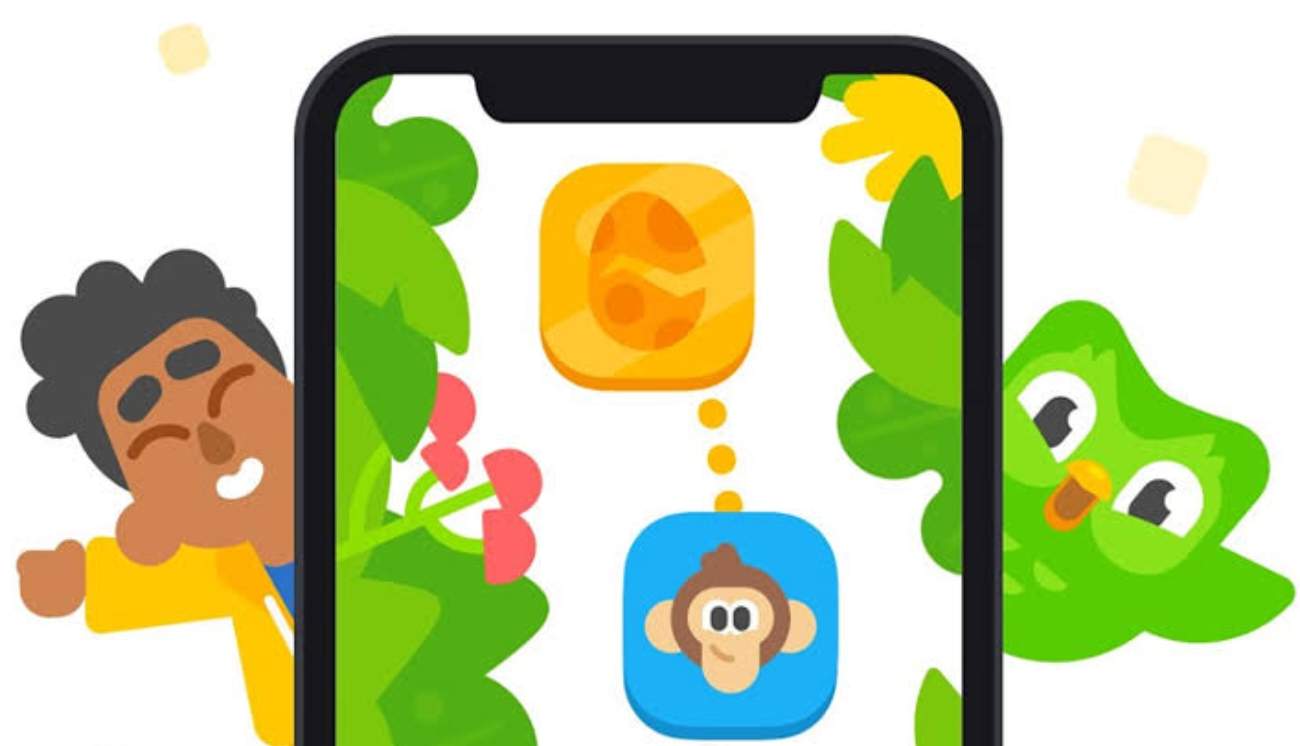Android is the largest and the most popular mobile operating system, and more than 60 percent of all mobile phone users have an Android smartphone. So, it becomes more important for app developers to make Android apps faster, smoother, and provide a seamless experience to users. Today, we have the story of Duolingo, an app that helps users learn languages in a fun and effective way, and how Duolingo rebooted its Android experience in just 8 weeks. The success story is shared by the official Android Developers YouTube channel.
Since Android devices have a lot more variety than iOS devices, the app experience on these devices varies a lot. So it makes it challenging for the app developers to optimize their Android apps to provide a smoother experience across all device types. A similar challenge occurred to Duolingo: their Android experience “suffered from unreliable frame rates, visually inconsistent or broken interactions, and a steady assortment of buggy behaviors,” shares Duolingo in a blog. So the company decided to reboot its Android experience completely in just 8 weeks — thanks to Android’s MVVM architecture.
Duolingo Used Android’s MVVM and Best Practices
This year, Duolingo decided to improve its Android app and fix the issues learners faced while navigating the app. So, the company “gathered” all their Android developers together for two months (8 weeks) to review and reboot its app’s experience on Android. They decided to use Android’s Jetpack libraries for the purpose and re-write the entire app using the Model-View-ViewModel (MVVM) and best practices. All that was done in just 8 weeks, according to Android Developers, who shared it as “a story of Android App Excellence.”
Duolingo followed the Model-View-ViewModel architecture, an approach that Google officially recommends to the app developers. The language teaching app says that using MVVM has provided them the “benefit of having more platform-level support going forward.”
The complete architecture migration not just helped Duolingo address the issues arising out of its increasing users but also made their app faster. Moreover, the frequent app crashes that the app faced also reduced significantly.
Using Android’s best practices and the Google recommended approach to develop Android apps not only helps you in writing better code, but it also improves developer velocity.
